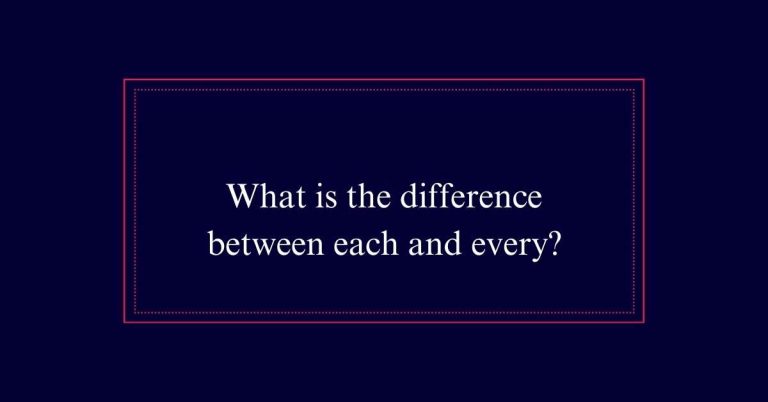Bring Vs Take
‘Bring’ and ‘take’ indicate movement but differ in direction relative to the speaker. Use ‘bring’ when moving something towards the speaker or a specific location (‘Bring me the book’). Use ‘take’ for moving something away from the speaker to another place (‘Take your umbrella with you’).
Understanding Bring and Take
Understanding the difference between ‘bring’ and ‘take’ is crucial for clear communication. These verbs are closely related to ‘come’ and ‘go.’
‘Bring’ implies movement towards the speaker or a specified location. For example, you might say, ‘Can you bring the book here?’ This indicates moving the book to your position.
Conversely, ‘take’ implies movement away from the speaker. For instance, ‘Please take the book to the library’ suggests moving the book from your current location to another place.
Movement Toward or Away
Movement toward or away from a place is a key factor in choosing between ‘bring’ and ‘take.’ These verbs reflect the direction of movement in relation to the speaker’s location. ‘Bring’ is used when an object moves toward the speaker, while ‘take’ is used when it moves away from the speaker. Understanding this distinction helps in selecting the appropriate verb.
Consider the following points:
- Toward the speaker: Use ‘bring’ when the object is moving toward where you are.
- Away from the speaker: Use ‘take’ when the object is moving to a different location.
- Context matters: The direction of movement dictates the choice.
- Clarity: Proper usage ensures clear communication.
Speaker’s Perspective
The speaker’s perspective is integral to choosing between ‘bring’ and ‘take.’ ‘Bring’ is used when the movement is towards the speaker’s location. Conversely, ‘take’ is employed when the movement is away from the speaker’s position. This distinction hinges on where the speaker imagines themselves in relation to the action.
For example, ‘bring your report to my office’ implies the speaker is in the office. However, ‘take your report to John’s office’ suggests the speaker is not at John’s office.

Listener’s Knowledge
Listener’s knowledge plays an essential role in determining whether to use ‘bring‘ or ‘take.’ The speaker must take into account what the listener knows about the situation to choose the correct verb.
If the listener is aware of the destination or context, ‘bring’ is more appropriate. Conversely, if the listener is not familiar with the context, ‘take’ is a better choice.
Here are four factors to take into consideration:
- Context Awareness: Does the listener know where the object is going?
- Event Familiarity: Is the listener aware of the event or situation?
- Direction of Movement: Is the object moving towards or away from the listener’s perspective?
- Shared Knowledge: What information is common between the speaker and the listener?
Clarity in Conversations
Choosing the correct verb between ‘bring’ and ‘take’ is essential for ensuring clarity in conversations. ‘Bring’ implies movement toward the speaker, while ‘take’ suggests movement away.
For instance, ‘Can you bring the documents here?’ versus ‘Can you take the documents there?’ This distinction helps the listener understand the direction of movement.
Using ‘bring’ when the action is toward the speaker’s location and ‘take’ when it is away from it avoids confusion. Clear communication requires matching verbs to the intended direction, ensuring that both parties have a mutual understanding.
Verb Selection Criteria
Effective verb selection hinges on understanding the direction of movement relative to the speaker and listener.
Choosing between ‘bring’ and ‘take’ involves several key criteria:
Direction:
- ‘Bring’ indicates movement towards the speaker or listener;
- ‘take’ signifies movement away.
Perspective:
- Consider the speaker’s or listener’s viewpoint.
- ‘Bring’ aligns with a shared destination;
- ‘take’ aligns with a destination away from both.
Context:
- Assess the situational context.
- Use ‘bring’ for shared events,
- ‘take’ for independent actions.
Consistency:
- Maintain verb consistency to avoid confusion.
- Use verbs like ‘come’ and ‘go’ to support ‘bring’ and ‘take’ choices.
Contextual Language Use
Contextual language use requires an understanding of how ‘bring’ and ‘take’ function within different situations to guarantee effective communication. The choice between these verbs hinges on the direction of movement relative to the speaker and listener. ‘Bring’ implies movement towards the speaker or listener, whereas ‘take’ indicates movement away. Recognizing context is essential for clarity.
A well-defined context ensures the correct verb is used:
| Situation | Preferred Verb | Example |
|---|---|---|
| Towards Speaker | Bring | ‘Can you bring the files here?’ |
| Away from Speaker | Take | ‘Please take this to the office.’ |
| Listener’s Location | Bring/Take | ‘Will you bring/take this to them?’ |






